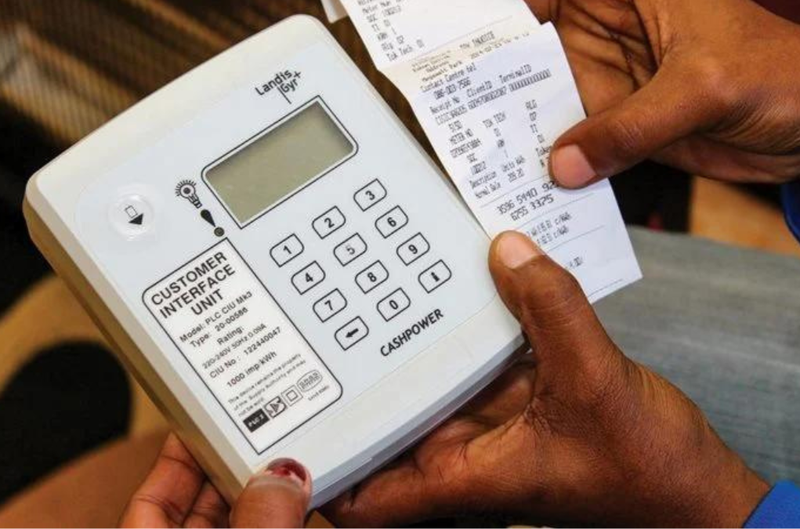
What is the cheapest: Gas, solar, or heat pump geysers?
Geysers add a lot to electricity bills, but cheaper options are available to replace your conventional geyser. Here is a closer look at them.

Electricity tariffs keep increasing and winter is here, so many of us want to have a relaxing bath or a quick shower to warm up. South African households can save money on water heating by replacing their conventional electric geysers with a gas, solar, or integrated heat pump geyser. The question is: what is cheaper? Here is a comparative look at the available options.
HOW MUCH ELECTRICITY DOES A CONVENTIONAL GEYSER USE?
Conventional electric geysers can make up between 40% and 60% of a household’s monthly electricity usage, according to MyBroadband. Increasing the water temperature requires heating a conductive element, similar to the one in a kettle but significantly larger. These elements’ power consumption can vary between 1kW and 3.5kW. A household of four that needs to shower or bath every day will require an electric geyser to heat their water tank multiple times during the day.
Following is a summary of three types of geysers that can reduce your expenditure.
SOLAR WATER GEYSERS
The main components of solar geysers are basically a water storage tank and a solar collector. There are two types of solar geysers: direct and indirect. The first heats water directly and the second uses a heating liquid which mixes water and glycol.
GAS OPTION
Gas geysers heat a radiator with a burning flame in an enclosure. Water is pumped through this radiator and heated rapidly for consumption. This system does not need a large storage tank, but you need space for the bottle that holds its gas.
INTEGRATED HEAT PUMP GEYSERS
Important to point out, is that integrated heat pump geysers require electricity as its primary heating source. However, it consumes around 80% less electricity than conventional geysers by using reverse refrigeration.
“A heat pump is a bit like a reverse-action air-conditioner. Where the air-conditioner transfers heat from the air inside a room to the atmosphere outside, a heat pump transfers heat from the air around it to the water in its geyser.”
Mike Alton, co-founder of HydraTherm
SO, WHAT IS CHEAPER?
In light of the brief descriptions of the three types of geysers that could save you money, let’s see how it could be better on your wallet.
Altogether, the average monthly running cost for a household of four people for a:
- gas geyser is R706
- 200 litre solar geyser is R351
- 200 litre integrated heat pump geyser is R234
If 40% of the average South African household’s 900kWh monthly electricity consumption goes towards heating geysers, the element will consume roughly 360kWh per month. On a Block 2 tariff in the City of Tshwane, that works out to about R1 170 per month. So, it seems either of the three alternative options for geysers will be cheaper on a monthly basis. Installation costs, however, must also be considered.
PROS AND CONS
All the alternative options for geysers have their benefits and disadvantages.
| Disadvantages | Advantages | |
| Gas geyser | Requires fine-tuning for different seasons Sensitive to pressure variations Requires safe storage and line for gas bottle Gas prices influence cost-effectiveness | Fast heating Not reliant on electricity More eco-friendly Lifespan is about 12 years No risk of geyser bursting |
| Solar geyser | Requires an upfront investment that can be costly Needs routine maintenance on the valves Takes up roof space | Free heating when the sun shines Not reliant on electricity |
| Integrated heat pump geyser | Requires electricity Must often be installed outside | Fast heating Highly efficient energy consumption |
